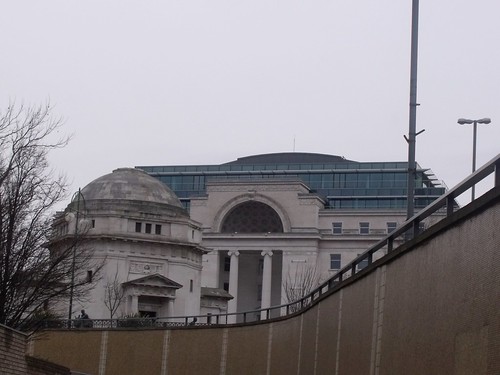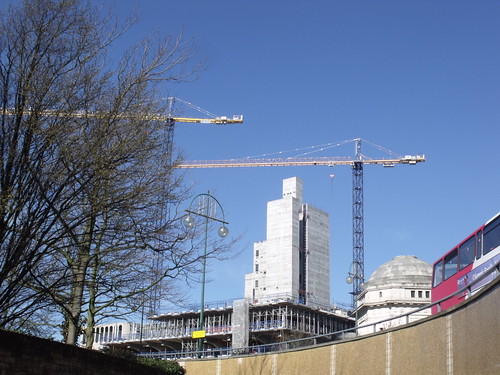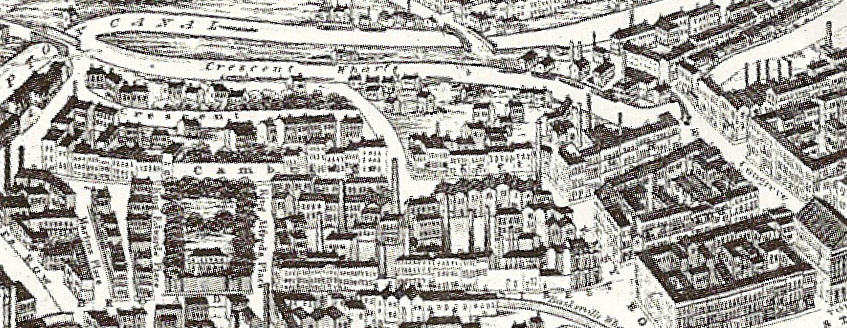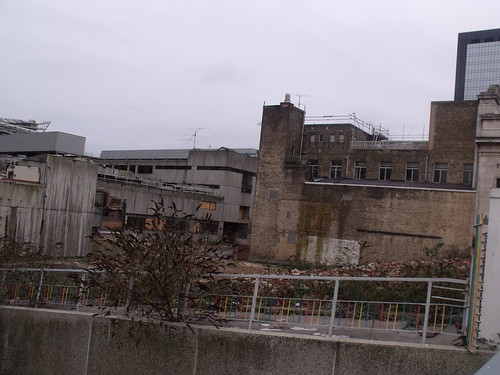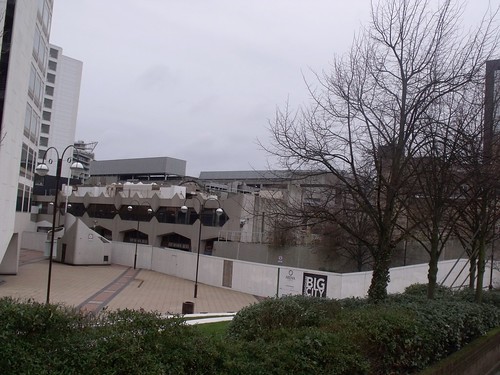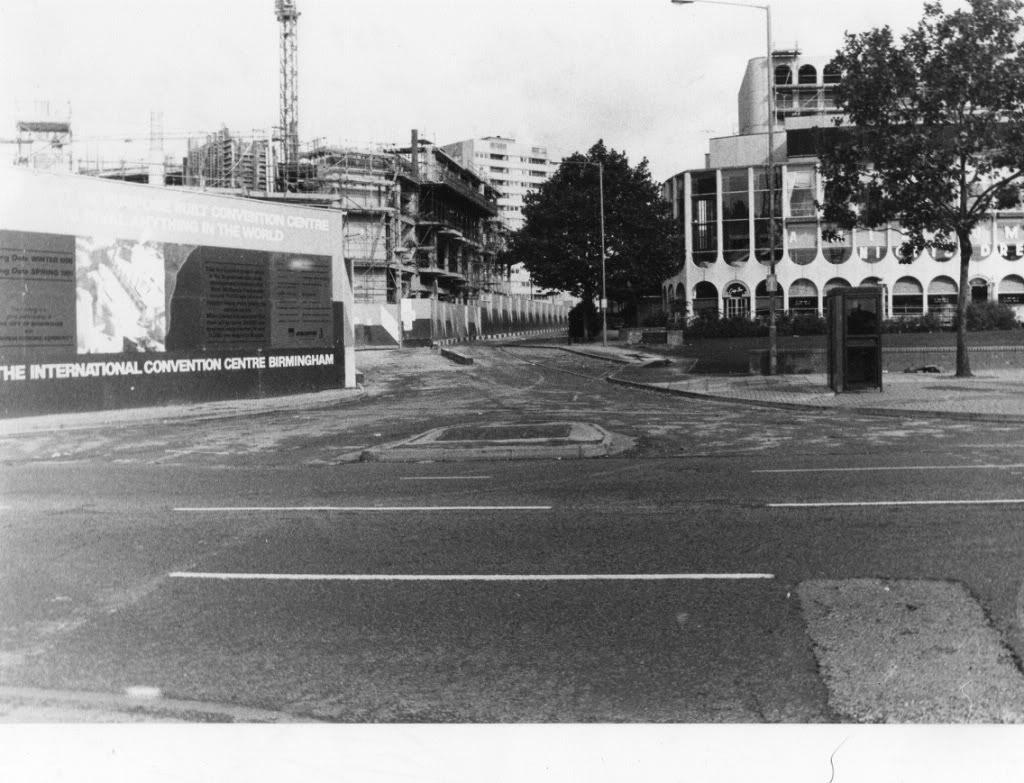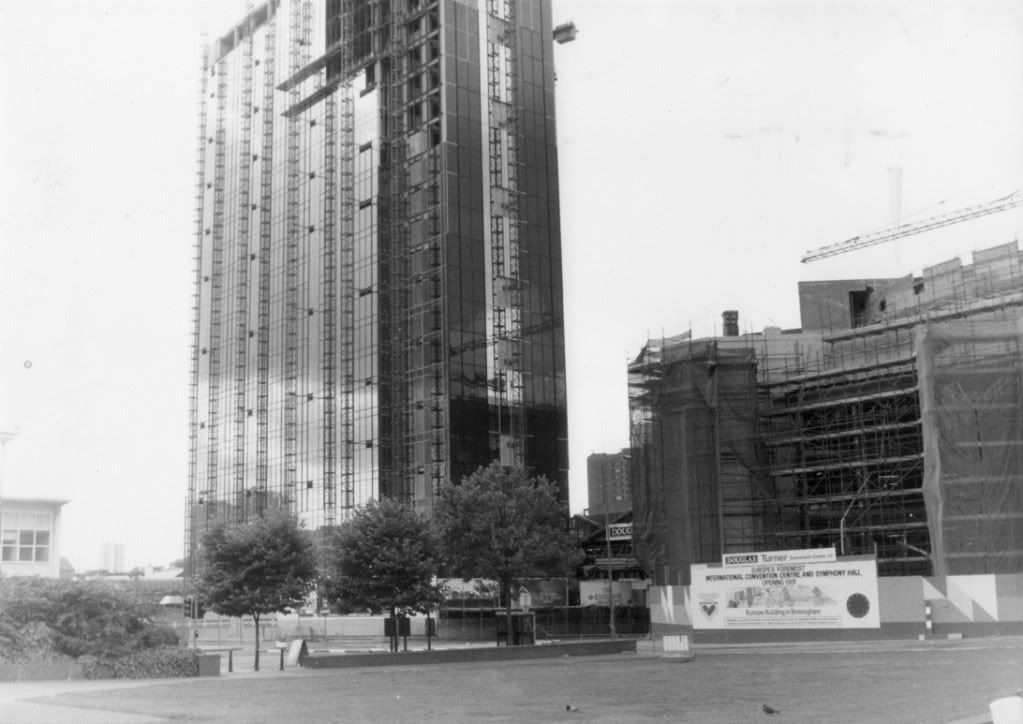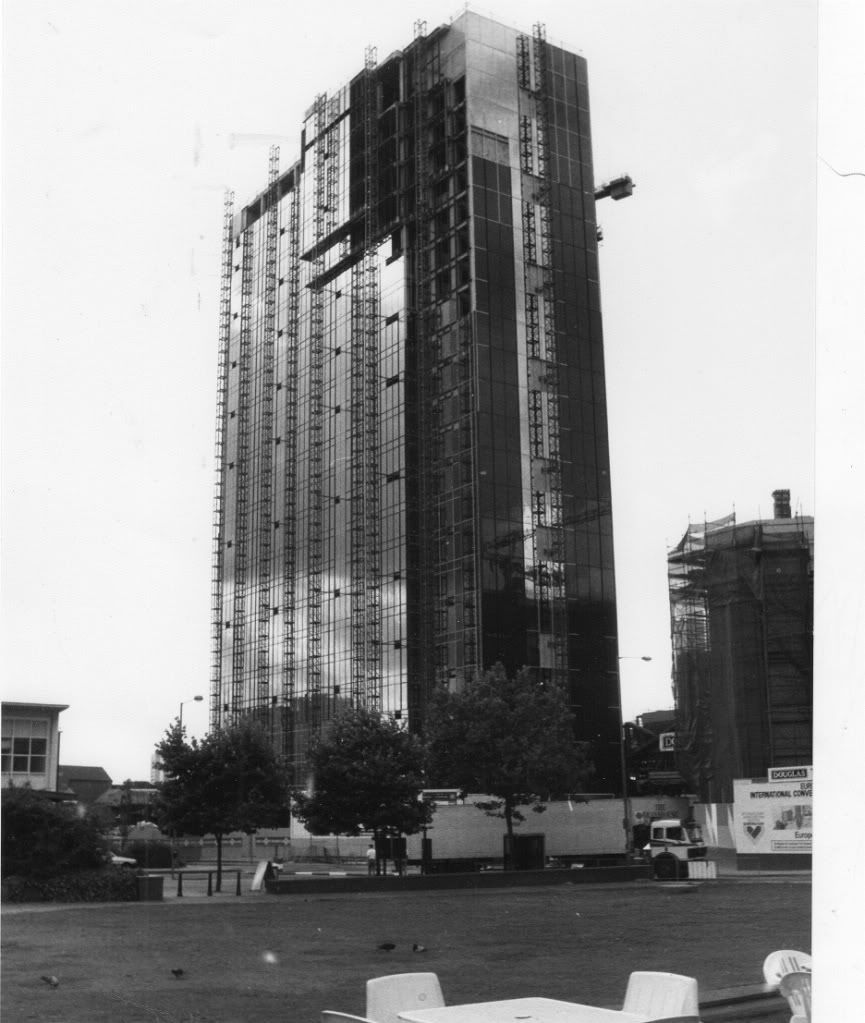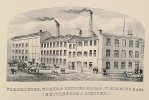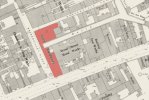dek carr
gone but not forgotten
Re: broad st/easy row
Big Gee I remember Lyns thread on the new library site and recovering old blue bricks there was a good discussion on what was on the site and I believe there was a canal basin as remains had been found of an old lock so it would have been an industrial area as for the chimneys like yourself I cannot remember any.I also remember reading that this area was to have a regency type mews built similar to the one in Bath but was abandoned as to expensive sadly my memory does not stretch to saving great detail only snippets of information. Dek
Big Gee I remember Lyns thread on the new library site and recovering old blue bricks there was a good discussion on what was on the site and I believe there was a canal basin as remains had been found of an old lock so it would have been an industrial area as for the chimneys like yourself I cannot remember any.I also remember reading that this area was to have a regency type mews built similar to the one in Bath but was abandoned as to expensive sadly my memory does not stretch to saving great detail only snippets of information. Dek





